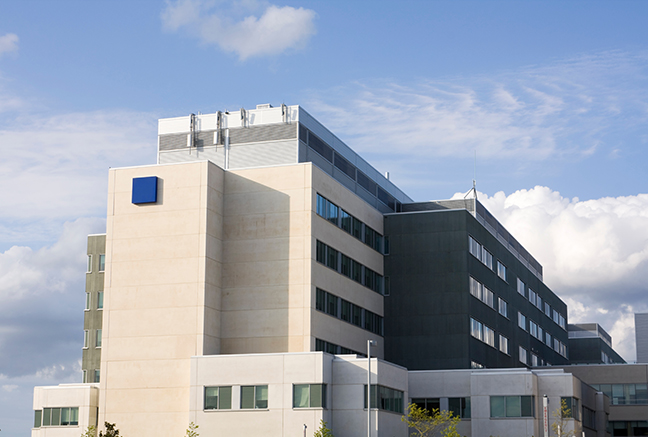Note: this page is for informational purpose only. Please seek tax advice from your tax professional.
If you own or lease a commercial building in the US, you may be eligible to deduct the cost of energy-efficient commercial building property installed during a taxable year, up to a maximum of $5 per square foot of the building's floor area. To qualify, the energy-efficient equipment must affect any of the following systems and achieve at least a 25% savings reduction relative to the current American Society of Heating, Refrigerating and Air-Conditioning Engineers 90.1 standard reference building for new buildings or a 25% reduction in current energy use intensity for buildings at least 5 years old:
- Interior lighting systems
- Heating, cooling, ventilation, and hot water systems
- Building envelope
The building must be certified as meeting the energy efficiency requirements by a qualified third-party engineer or contractor. The deduction can be claimed by the building owner, designer, or tenant, depending on who made the qualifying investments. A business may make a claim for new energy savings achievements every 3 years.
The ASHRAE 90.1 reference building is a hypothetical building that meets the requirements of the standard. It is used as a basis for comparison to evaluate the energy efficiency of actual buildings. The standard specifies minimum efficiency requirements for energy-efficient lighting systems, heating, ventilation, and air conditioning (“HVAC”) systems, building envelope components, and building control systems. Some of the specific requirements for HVAC systems include:
- Air-cooled chillers: Must meet a minimum full-load efficiency ratio (FLEER) and part-load efficiency ratio (PLR) based on the cooling capacity.
- Water-cooled chillers: Must meet a minimum efficiency ratio (EER) and coefficient of performance (COP) based on the cooling capacity.
- Air-handling units: Must meet a minimum fan efficiency ratio (FER) and total static pressure (TSP) based on the fan size.
- Boilers: Must meet a minimum thermal efficiency based on the fuel type.
- Heat pumps: Must meet a minimum COP based on the heating capacity.
- VAV fan control: Must meet minimum efficiency requirements for fan power limitation and fan system pressure limitation.
In addition, the standard specifies minimum thermal resistance (R-value) requirements for building envelope components such as walls, roofs, and floors. It also includes requirements for the automatic control of lighting and HVAC systems, including occupancy sensors, daylight sensors, temperature sensors and lighting power density.
Additional Energy Efficiency Incentives
In addition to the federal tax credit mentioned above, there are additional energy efficiency opportunities offered through our Energize Connecticut programs that offer additional rebates or incentives. (Restrictions may apply).




